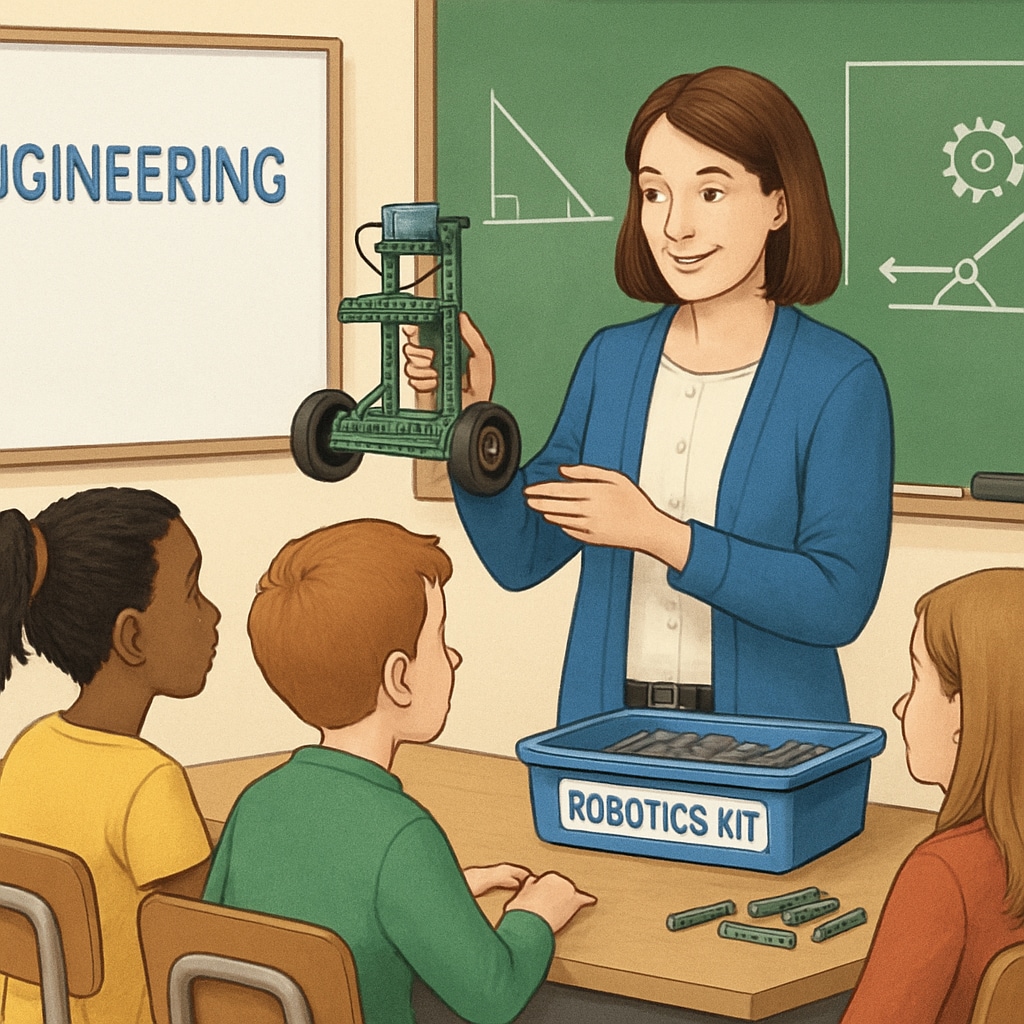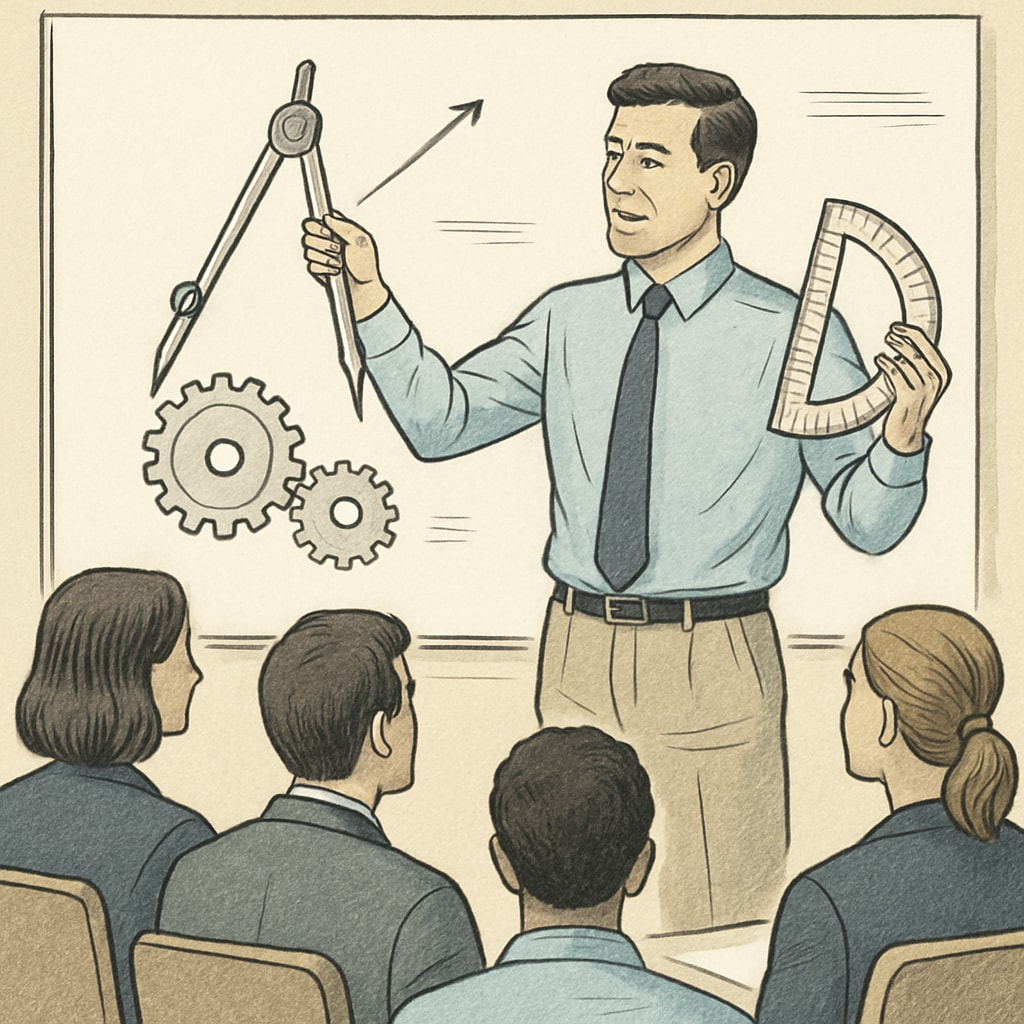Pursuing dual degrees in education and engineering offers an exciting opportunity for students who are equally passionate about teaching and technical problem-solving. Combining expertise in both fields can lead to unique career paths and valuable skill sets. This article explores the feasibility of obtaining dual degrees, highlights educational pathways, and discusses career prospects and challenges for aspiring professionals.
Why Pursue Dual Degrees in Education and Engineering?
The decision to simultaneously pursue degrees in education and engineering stems from a desire to bridge the gap between technical expertise and the ability to effectively communicate knowledge. Such a combination is particularly relevant in fields like STEM (Science, Technology, Engineering, and Mathematics) education, where educators with hands-on engineering experience are in high demand. Additionally, it equips graduates with the flexibility to work in diverse environments, from classrooms to corporate training programs to research and development teams.

Educational Pathways for Dual Degrees
Several pathways exist for students interested in combining education and engineering degrees. Here are the most common options:
- Traditional Dual-Degree Programs: Many universities offer structured dual-degree programs that integrate coursework from both education and engineering disciplines. These programs typically take five to six years to complete and provide a streamlined curriculum.
- Sequential Degrees: Students may choose to first complete an undergraduate degree in one field and then pursue a graduate degree in the other. For instance, a student might earn a bachelor’s degree in engineering and later complete a master’s in education.
- Custom Interdisciplinary Studies: Some schools allow students to create their own interdisciplinary programs, combining courses from education and engineering departments to tailor their academic journey.
Each pathway has its advantages and challenges. For example, dual-degree programs save time compared to pursuing degrees separately, but they demand a heavier workload. Sequential degrees provide flexibility, while custom programs require careful planning to meet credit requirements.
Career Opportunities with Dual Degrees
Graduates with dual degrees in education and engineering possess a unique skill set that opens doors to a variety of career opportunities. Some potential roles include:
- STEM Educator: Teaching math, science, or engineering subjects at high schools or colleges.
- Corporate Trainer: Designing and delivering technical training programs for engineering firms or technology companies.
- Curriculum Developer: Creating educational materials and programs that integrate engineering concepts for schools or online learning platforms.
- Engineering Manager: Leading teams and training junior engineers while applying teaching skills to mentorship.
These roles not only leverage technical expertise but also benefit from strong communication and pedagogical skills, setting dual-degree graduates apart in competitive job markets.

Challenges and Considerations
While the dual-degree path offers numerous advantages, it is not without challenges. Students must manage a demanding workload, as balancing the rigorous requirements of both degrees can be overwhelming. Financial considerations are another factor, as tuition costs for extended study periods can accumulate. Additionally, coordinating coursework and ensuring that credits align across two departments requires careful planning and consistent communication with academic advisors.
However, for those committed to this interdisciplinary pursuit, the rewards can far outweigh the obstacles. Developing expertise in two fields not only enhances professional versatility but also contributes to a deeper understanding of how technical knowledge can be effectively communicated and applied in various contexts.
The Future of Cross-Disciplinary Education
As industries increasingly value interdisciplinary skills, the combination of education and engineering degrees is likely to gain further prominence. Organizations across sectors are recognizing the importance of professionals who can teach complex concepts, solve technical problems, and foster innovation. For students considering this path, the key is to identify their long-term goals and choose the educational pathway that best aligns with their aspirations.
Overall, pursuing dual degrees in education and engineering is an ambitious but rewarding endeavor. By merging the worlds of teaching and technology, graduates can position themselves at the forefront of innovation and education, making a lasting impact in both fields.
Readability guidance: Short paragraphs and lists are used to enhance readability. Overuse of passive voice is avoided, and transition words are included to improve flow. The article provides a balanced overview of opportunities and challenges, offering practical insights for aspiring students.


